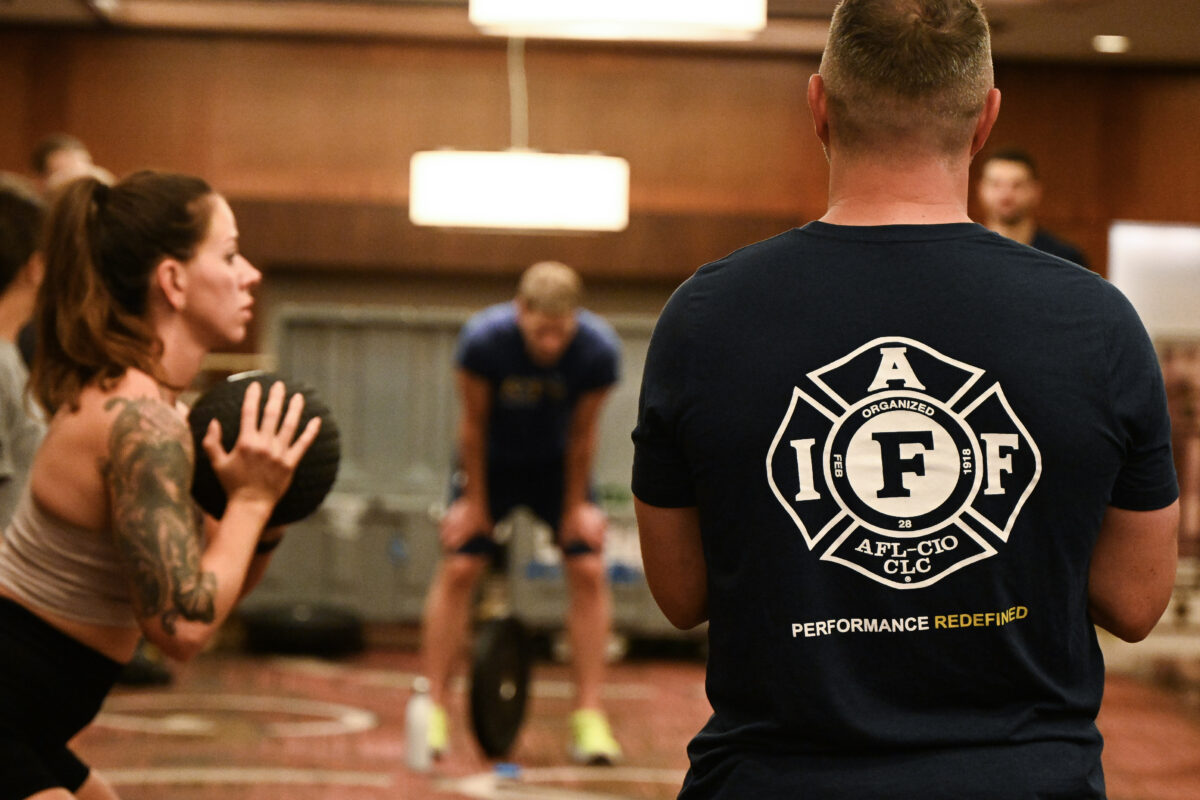
Wellness & Fitness
Your health and fitness are essential for your work and your life, so we urge you to explore our wellness and fitness programs.
You can learn about the Wellness and Fitness Initiative, the Candidate Physical Ability Test (CPAT), the Fit to Thrive (F2T) program, and access a nutrition guide that has been customized for our lifestyle.
Wellness-Fitness Initiative
A comprehensive wellness program that emphasizes physical, mental, and emotional well-being must be made available to recruits, active fire fighters, and retirees.
Fit to Thrive
A comprehensive, inclusive, and accessible fitness program focused on helping more fire fighters be more active, more often so they can experience the benefits of regular exercise.
Candidate Physical Ability Test (CPAT)
A consistent test for the hiring of fire fighters to ensure all candidates possess the physical ability to complete critical tasks effectively and safely.
Nutrition
A tailored campaign to provide clear and practical nutrition recommendations that align with the distinct needs of fire fighters and emergency medical workers.